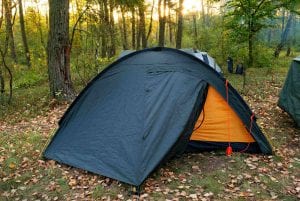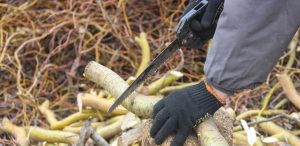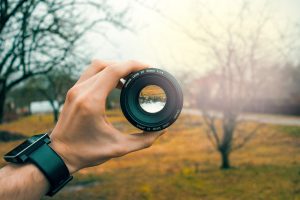Hunting coyotes is not easy. These highly intelligent animals are elusive and know how to avoid danger. Some of them are also tricksters or teasers, while others can be characterized as shy, wary, or bossy. One thing’s for sure – all of them are incredibly adaptive and persistent.
Hence, hunting coyotes can be compared to trying to catch a hunter himself — you can’t just rely on the good old methods that you know by heart. Instead, you need to learn how to outsmart them and always stay one step ahead.
Aside from the right gear, such as the best sniper scope out there, or an electronic coyote call, it also pays off to hunt these animals in the right season. Of course, every coyote is different, and despite all benefits, they may still prefer one time of the year over the other. In general, you should use all possible advantages to have a successful hunt.
Keep reading the article below to learn more about hunting coyotes and determine when you should hunt them.
Why Hunt Coyotes?
If you don’t have much experience hunting or are rather used to dealing with animals like deer or boars, you may be unaware of the reasons why people hunt coyotes. After all, aren’t they smart and intrepid, living peacefully in families? Some folks even keep coyotes as pets, though it’s illegal in over half the states in the U.S. Why hunt them?
Managing the Population
Coyotes are skilled predators, and there aren’t many other animals that can really compete with them in the areas where they’re easiest to find. If there’s no deer to hunt in the wild, they will move to urban areas and go through people’s trash, hunt cats or dogs, or go after poultry, sheep, goats, and calves, which lack effective natural defenses against them.
In areas that are overpopulated by coyotes, they can quickly become the primary predators and leave their usual habitats to roam the city streets. On top of that, an average coyote female can give birth to around 120 pups in her lifetime, leading to the exceptional growth of the coyote population in some areas. By hunting the coyotes, hunters can keep the population under control and help house pets or domestic animals.
Limiting the Spread of Diseases
Because they spend their entire lives in the wild, coyotes can contract and spread various diseases. If an infected coyote comes in contact with other animals, especially when roaming towns and cities, the situation can quickly get out of control.
For instance, canine hepatitis and canine distemper are two of the most common diseases that often affect coyotes. Both can be easily contracted by house pets and domestic animals and are characterized by a high mortality rate.
Furthermore, rabies and tularemia can be transmitted to humans. Once humans get infected by rabies and clinical symptoms appear, there’s essentially no effective treatment, and, in the vast majority of cases, the disease causes death. When it comes to tularemia, 30 to 60 percent of infected people die without treatment.
Hunting coyotes and keeping their population under control helps limit the spread of diseases and protects animals and humans from encounters with rabid specimens.
When Should You Hunt Coyotes?
Once you acquire a valid license to hunt coyotes, you can try your luck at virtually any time of the year. However, if you want the most advantage and increase your chances of a successful hunt, preparing for the winter season is recommended.
That’s because, during this time, the harsh weather conditions force coyotes to become less nocturnal in order to search for food. Winter is also when they travel more and can be spotted traveling in pairs or family groups.
The time of the day is also important when trying to hunt coyotes effectively. Although winter usually forces them to hunt more during the day, coyotes are still primarily nocturnal and tend to head out to find something to eat at dusk. Dawn can also be a good time to spot them, as it’s when they return to their dens. For these reasons, most hunters decide to hunt coyotes at night.
However, if you still want to hunt during the day, you can head out to the areas they frequent on overcast days with fog or haze. These conditions usually “encourage” coyotes to be more active, but clear conditions with no wind and temperatures below 50 Fahrenheit can also help you hunt down a coyote.
Still, this doesn’t change the fact that every coyote is different. They usually don’t form packs and prefer to hunt for food alone or stick to their families only, which makes them quite unpredictable. Hunting coyotes is definitely a challenge, so don’t go unprepared.
In Conclusion
As you can see, there’s a lot to learn before you enter the woods or go out on a prairie searching for coyotes. While there’s still a lot of discussion around the morality of hunting, there are times when it’s done in order to keep the population under control or prevent the spread of dangerous diseases.
If you want to have the best chances to hunt a coyote, it may be best to opt for the winter season. Coyotes tend to be most active during the night but can also be spotted on foggy or hazy days, and they usually prefer cool temperatures. However, you can also hunt them during other seasons because coyotes can be spotted all year round due to their high adaptability and unpredictable nature.
When hunting, remember always to carry a valid hunting license and follow local laws and regulations.





